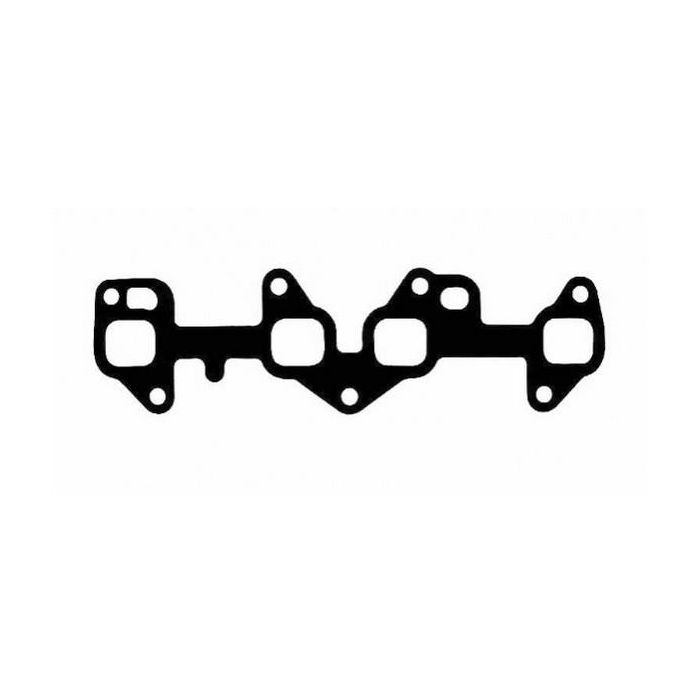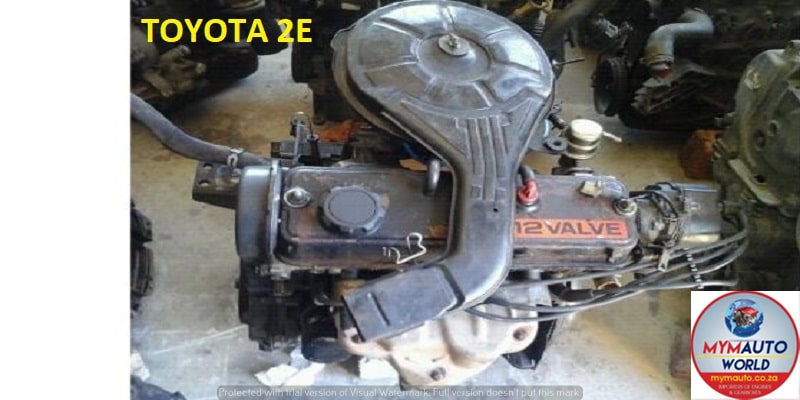Explore the most recent Trends in Engine Modern Technology Through Tazz
In the rapidly developing landscape of auto innovation, Tazz stands at the forefront, highlighting significant developments in engine systems that prioritize both innovation and sustainability. tazz. From crossbreed engines that maximize gas efficiency to the introduction of hydrogen fuel cells, the trends forming contemporary powertrains are not only improving efficiency but likewise attending to important ecological obstacles. As the industry continues to push boundaries, it is vital to think about exactly how these developments will certainly influence future transport services and the more comprehensive implications for worldwide power usage. What lies ahead in this essential makeover?
Crossbreed Engine Innovations
Hybrid engine advancements stand for a crucial shift in vehicle modern technology, incorporating the advantages of interior combustion engines with electric propulsion systems. This combination not just improves fuel efficiency but additionally lowers discharges, conference progressively rigorous environmental policies. By using both energy sources, hybrid engines can optimize performance, providing power when required while saving fuel during less requiring motoring problems.
Current advancements in hybrid modern technology consist of renovations in battery efficiency and regenerative stopping systems. These developments enable higher energy recuperation during deceleration, which can be redirected to assist in acceleration or power auxiliary systems. Furthermore, manufacturers are concentrating on compact styles and lightweight products to make best use of the efficiency of crossbreed powertrains.
The growth of plug-in crossbreeds has actually additionally increased the marketplace, enabling vehicle drivers to charge their vehicles making use of basic electric outlets. This attribute typically permits for substantial all-electric range, additional decreasing dependence on typical fuels. tazz. As the vehicle sector remains to progress, hybrid engine innovations are anticipated to play an important role in connecting the space between conventional automobiles and completely electric versions, supplying a transitional option that provides to varied customer needs and preferences
Advances in Electric Powertrains
The automobile landscape is swiftly developing, with electrical powertrains becoming a leading pressure in lasting transport. Developments in electric lorry (EV) innovation are significantly improving performance, efficiency, and customer experience. Secret advancements consist of renovations in battery chemistry, which have actually enhanced power thickness, lowered charging times, and expanded overall battery life.
Solid-state batteries, as an example, assure to revolutionize the market by giving higher safety and security and effectiveness contrasted to typical lithium-ion cells. Furthermore, improvements in regenerative braking systems are enabling vehicles to recover energy throughout deceleration, adding to total performance.
In enhancement to battery technology, electrical motor layouts are coming to be much more advanced. Innovations such as incorporated motors and advanced thermal monitoring systems are helping to enhance power distribution and decrease weight, inevitably improving vehicle dynamics.

Jointly, these breakthroughs highlight the dedication to shift in the direction of cleaner, extra reliable transportation services, positioning electrical powertrains at the forefront of automotive innovation.
The Surge of Hydrogen Gas Cells
Significantly, hydrogen fuel cells are getting traction as a practical choice to standard interior combustion engines and battery electrical automobiles. This innovation utilizes the chemical energy saved in hydrogen, transforming it right into electrical energy via an electrochemical response with oxygen. The key byproduct of this process is water, making hydrogen fuel cells an eco-friendly option with absolutely no exhausts at the tailpipe.

Automakers are progressively buying hydrogen gas cell technology, identifying its capacity for long-range applications and rapid refueling capabilities that measure up to conventional gas. Additionally, industries such as heavy-duty transportation and public transit are especially appropriate for hydrogen gas cells, where battery electrical remedies might fall short as a result of weight and range restrictions.
As research study and financial investment proceed to increase, hydrogen fuel cells are poised to play a considerable duty in the future landscape of clean transport and power options.
Enhancements in Internal Burning Engines
Advancements in interior combustion engine (ICE) technology are changing standard cars to meet modern-day ecological standards and efficiency assumptions. Direct gas injection, for instance, permits for much better atomization of fuel, leading to even more complete combustion and enhanced power outcome.
Additionally, turbocharging has actually gotten prominence, permitting smaller engines to deliver greater performance without the weight of bigger engines - tazz. This technology not just increases efficiency however also adds to reduce gas usage. Variable shutoff timing systems are likewise being refined, allowing engines to adapt to different driving conditions for enhanced torque and responsiveness
Moreover, the usage of lightweight materials in engine construction is ending up being basic, more enhancing gas efficiency by minimizing total car weight. Engine control devices (ECUs) are significantly advanced, making it possible for real-time adjustments that enhance efficiency and emissions.
These improvements jointly signify an essential change in ICE technology, lining up with international sustainability goals while click here for more info still offering the efficiency vehicle drivers expect from their automobiles. As the market develops, these enhancements continue to form the future of traditional automobile engineering.
Future Fads in Engine Effectiveness
Significant innovations in engine performance are anticipated as producers concentrate on incorporating innovative technologies to fulfill rigorous ecological policies and consumer needs. The change towards electrification, crossbreed systems, and different fuels is reshaping the automobile landscape, driving advancements that boost gas economic climate and lower discharges.
Among the crucial patterns is the application of sophisticated products and producing methods. High-strength alloys and lightweight composites add to reduced automobile weight, therefore enhancing overall efficiency. Additionally, the fostering of turbocharging and variable shutoff go to my site timing modern technologies enables enhanced power outcome from smaller engines, further boosting gas economic situation.

Conclusion
Technologies in crossbreed engine systems, electric powertrains, and hydrogen fuel cells demonstrate a dedication to reducing emissions while improving efficiency. Renovations in inner combustion engines and a focus on lightweight materials contribute to general engine effectiveness.
From Continued crossbreed engines that maximize fuel efficiency to the development of hydrogen fuel cells, the patterns forming modern-day powertrains are not just boosting efficiency but also dealing with vital ecological difficulties.Crossbreed engine advancements stand for a crucial change in automobile modern technology, incorporating the advantages of inner burning engines with electrical propulsion systems.Furthermore, turbocharging has actually gotten importance, enabling smaller sized engines to supply greater efficiency without the weight of bigger engines. Furthermore, the adoption of turbocharging and variable valve timing technologies permits for boosted power result from smaller sized engines, even more improving fuel economy.
Renovations in inner burning engines and a focus on lightweight products add to general engine efficiency.